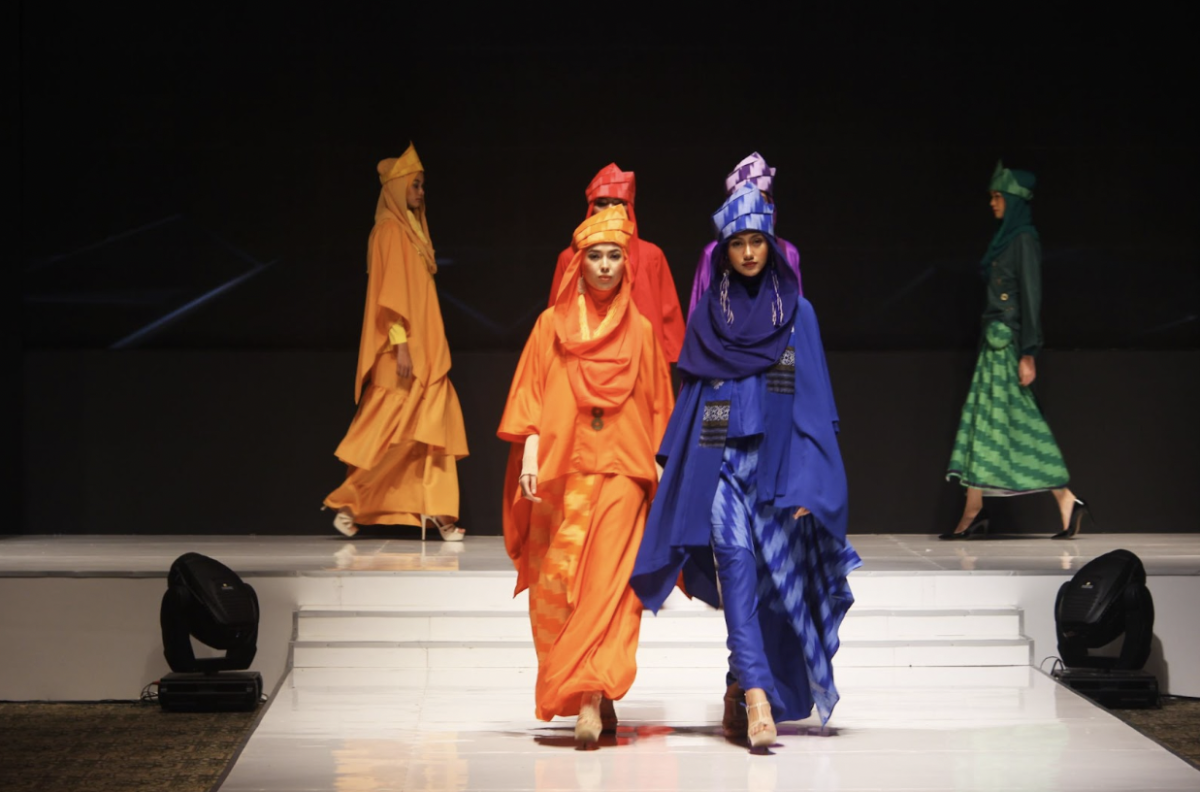Modest fashion refers to a style in which women wear less skin-revealing clothing. This can be due to a multitude of reasons, including personal and religious choices and cultural norms. What modesty entails varies from person to person – however, it usually includes clothing that doesn’t reveal a woman’s body shape or skin. Modest fashion truly found currency in the late 2010s, and, in recent years, has become a very recognizable trend. This sector has found demand worldwide, becoming a style that a variety of women prefer. Modest fashion was valued at $277 billion in 2020, and by next year is estimated to reach a value of $402 billion, according to the State of the Global Islamic Economy Report. One of the main factors that differentiates modest fashion in the West and the East is how it is perceived. In the West, hijabs or modest clothes are usually seen as an expression of religious identity, while in many Arab countries, more modest clothing is usually worn culturally and religiously.
The market and accompanying interests in modest fashion have grown tremendously in the past few decades. Today, a multitude of major labels release modest collections during Ramadan and Eid, including Louis Vuitton and Max Mara. With inclusivity and diversity of models growing as well, hijabs and modest models have risen to higher levels of fame recently, inducing supermodel Halima Aden. Modest clothing brands have also gained traction, including Modestwist, The Reflective, Daska, Leem and the AAB Collection. Along with that, a label by Safiya Abdallah named Dulcé created hoods and beanies that can be used as hybrid hijabs, for Muslim women to wear in the West.
Modest clothing has also gained fame on many social media platforms, such as TikTok and Instagram, with increasing followers of many modest influencers and designers. One influencer, Aisha A, describes the importance of representation, stating that “it gives those who might not have someone to look up to a confidence boost to be able to wear what they like and switch up their style while sticking to their modest boundaries.”
In another example, Pakistani-Canadian TikToker Maha Gondal was chosen to be the face of the 2021 Coach x Champion collaboration, creating fashion-forward looks that are conservative. These new platforms attract a variety of audiences, including a large number of non-Muslim millennial and Gen Z customers who can get inspiration for the modest versions of current fashion styles. Many fashion influencers now even include a “modest-friendly” style variation alongside their original outfit, with links to both in the caption. The older patriarchal attitudes of what women can wear have been replaced with feminist and creative fashion, while still being modest. Layering clothing has also become more popular in the West, with layered turtlenecks and sweatshirts covering both skin and body shape.
Modest clothing is no longer the niche market that it used to be but has grown into a multibillion dollar industry that is led by many young influencers and businesses. It has entered mainstream media with women wearing conservative clothing not only for religious and cultural reasons, but also for personal preference and fashion style.
- Modest Fashion - November 12, 2023

